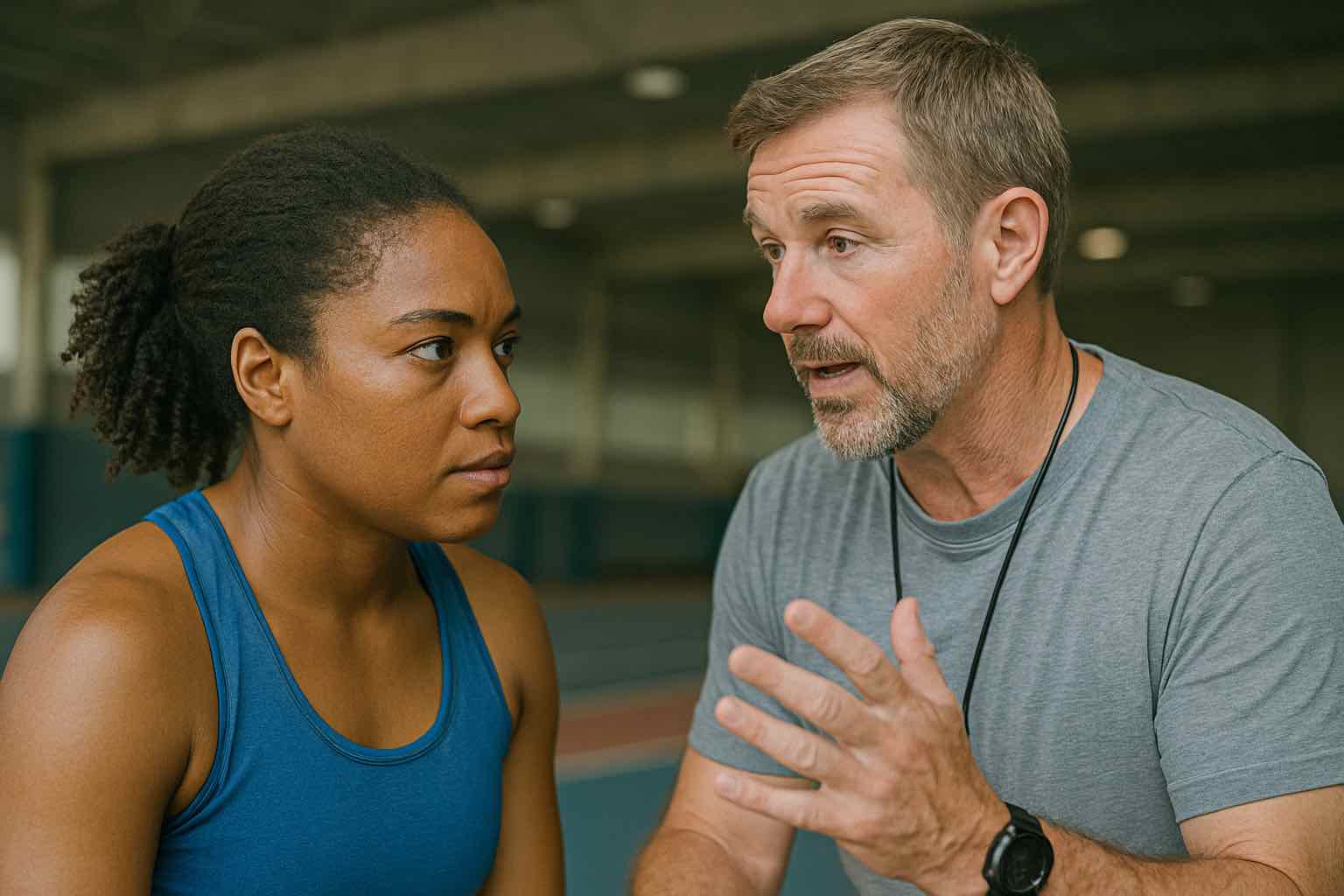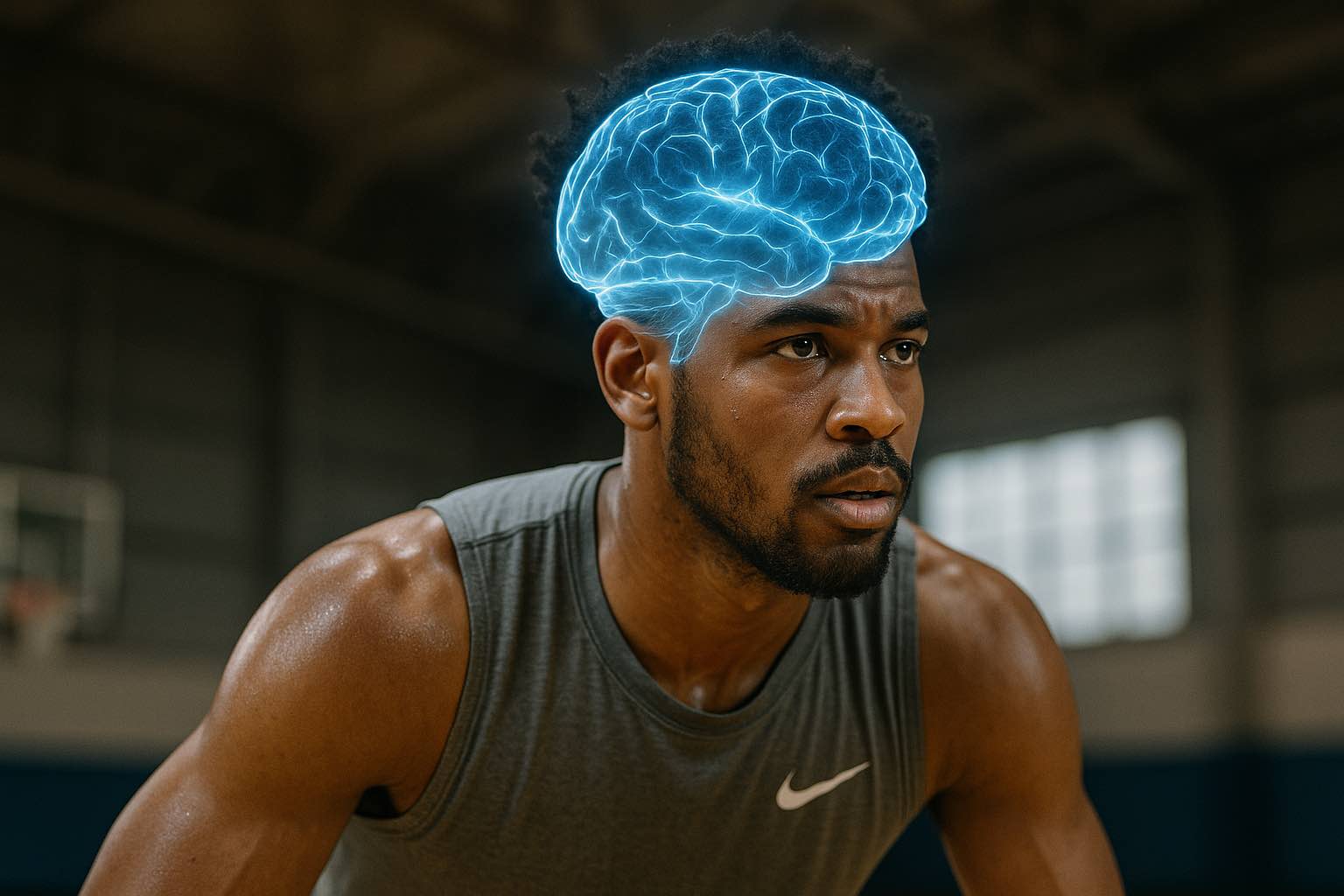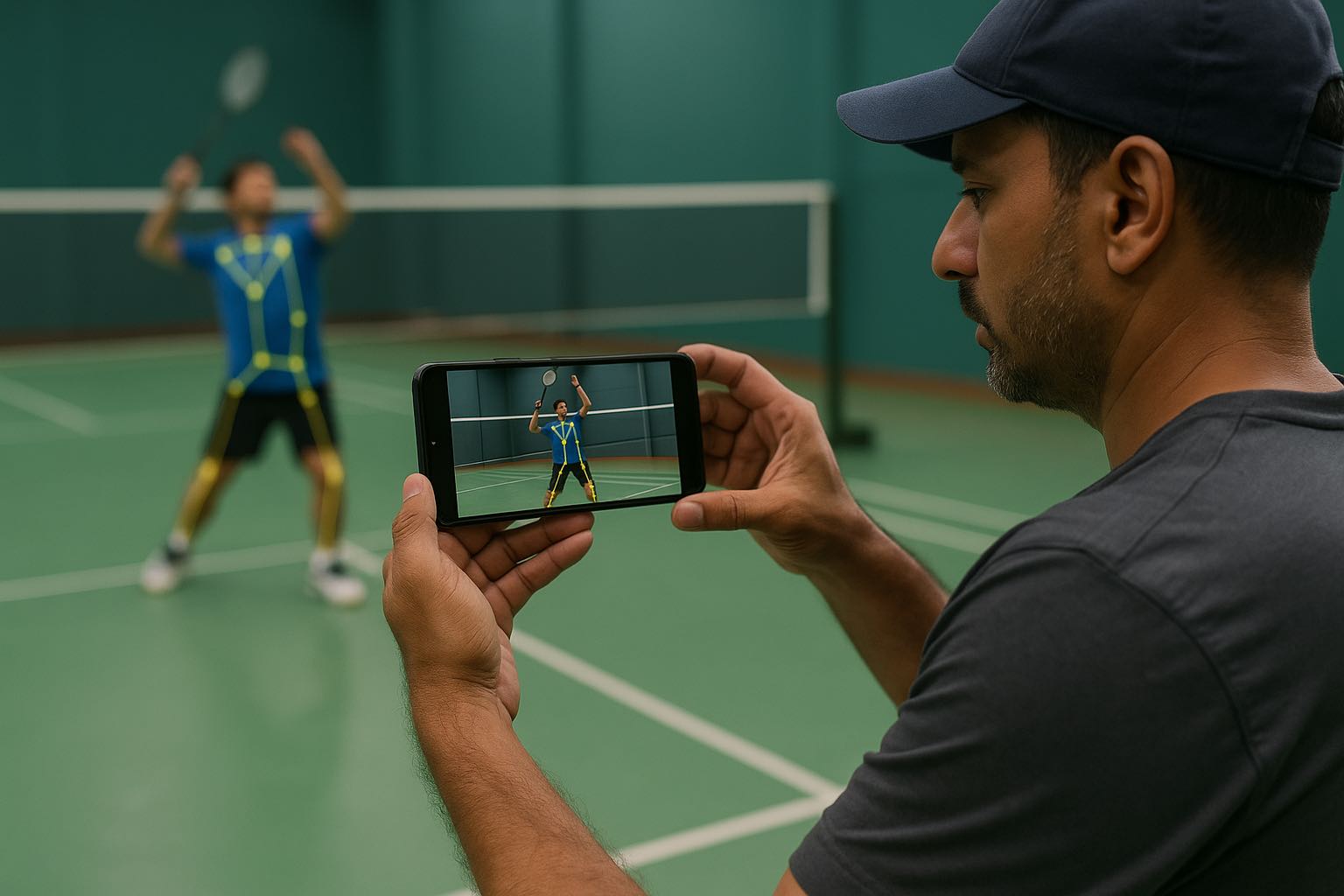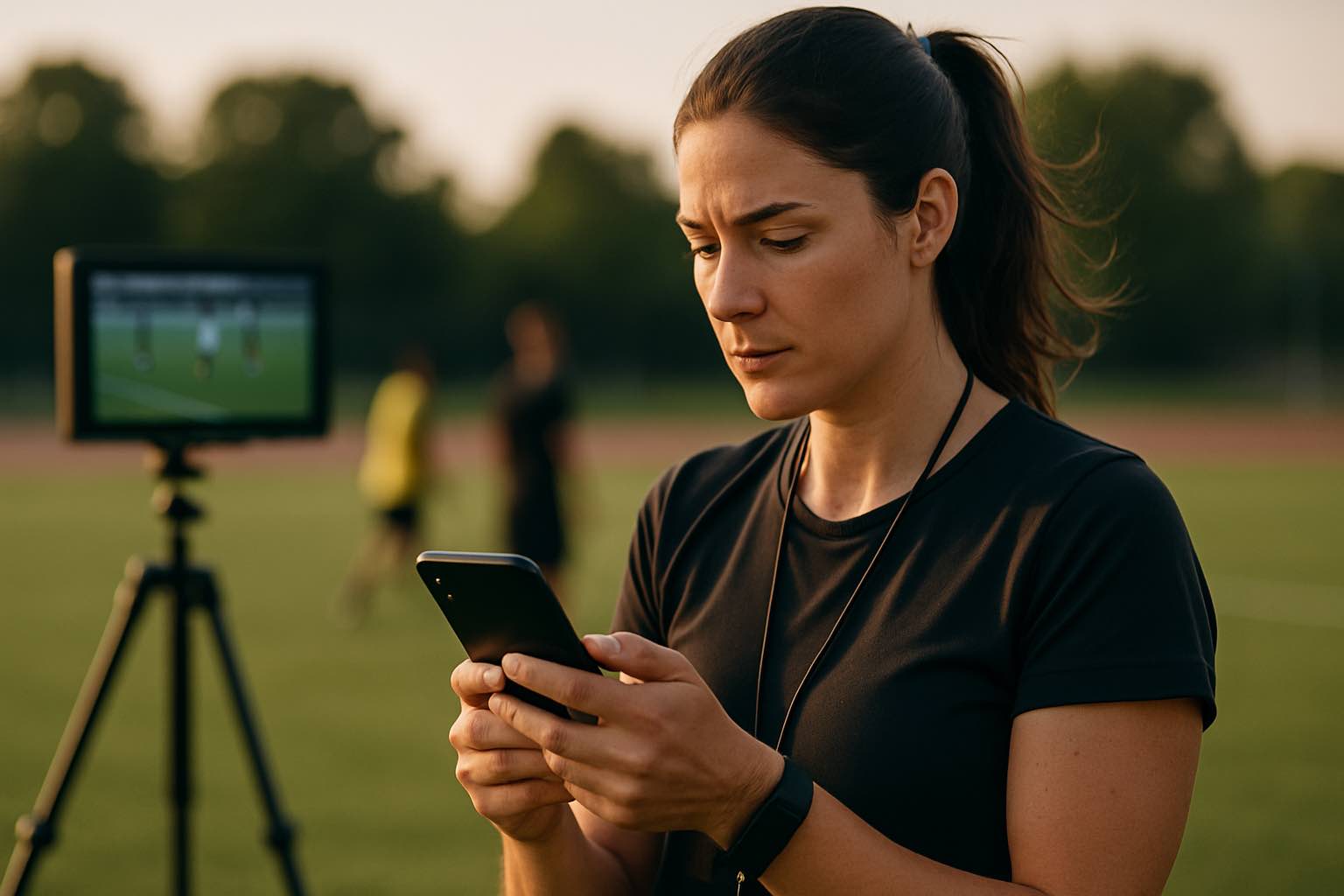How to Build Effective Coach-Athlete Communication: A 5-Step Framework for Performance Excellence
Picture this: It's halftime during a crucial tournament match, and your star player just made a costly mistake. How you communicate in the next 60 seconds could either ignite a comeback or shatter confidence for the rest of the season. This scenario plays out thousands of times daily across sports fields, courts, and tracks worldwide—and research shows that communication quality is the single biggest differentiator between good coaches and great ones.
A 2023 study published in the Journal of Applied Sport Psychology found that athletes who rated their coach's communication as "highly effective" performed 23% better under pressure and reported 41% higher satisfaction with their athletic experience. Yet most coaches receive little to no formal training in communication skills.
This guide breaks down a proven 5-step framework used by Olympic coaches and championship-winning programs to transform how you connect with, motivate, and develop your athletes.
Why Coach-Athlete Communication Matters More Than Ever
Before diving into the framework, let's understand what's at stake. Modern athletes face unprecedented pressures: social media scrutiny, early specialization demands, and mental health challenges that previous generations never encountered. Your communication style directly impacts:
- Performance outcomes: Athletes with strong coach relationships improve technique acquisition by 34% faster
- Retention rates: Youth programs with communication-focused coaches see 58% less dropout
- Mental wellbeing: Clear communication reduces athlete anxiety by up to 47%
- Team culture: Effective communicators build cohesion that translates to 2.3x more wins
The 5-Step CLEAR Communication Framework
Developed by integrating research from sports psychology, leadership studies, and successful coaching practices, the CLEAR framework provides a systematic approach:
Step 1: Create Psychological Safety First
What It Means: Before any technical feedback can land effectively, athletes need to feel safe making mistakes and asking questions.
How to Implement:
- Start every season with a communication contract: Sit down with each athlete (or team) and explicitly discuss how you'll communicate, what feedback looks like, and permission to challenge respectfully
- Model vulnerability: Share your own mistakes. When British Cycling coach Dave Brailsford's team lost, he'd begin debriefs with "Here's where I got it wrong..."
- Use the 5:1 ratio: Research by sport psychologist Dr. John Gottman shows that five positive interactions for every critical one maintains trust
Real Example: The Seattle Sounders FC created a "mistake ritual" where after training errors, teammates would give a supportive tap and say "next play." Coach Brian Schmetzer reports this simple communication shift reduced fear-based playing by 40%.
Common Pitfall: Assuming safety exists by default. Athletes from different backgrounds (cultural, economic, gender) may need different approaches to feel genuinely safe.
Step 2: Listen Before You Lead
What It Means: The best communicators are exceptional listeners who gather information before giving instructions.
How to Implement:
- Practice active listening techniques:
- Maintain eye contact and open body posture
- Paraphrase what athletes say: "What I'm hearing is..."
- Ask follow-up questions before offering solutions
- Conduct regular check-ins: Schedule 10-minute 1-on-1 conversations monthly (not just about performance)
- Use listening to personalize: Track how individual athletes prefer to receive feedback (some want it immediately, others need processing time)
Practical Tool: The "3-Question Coaching Conversation"
- "What's going well for you right now?"
- "What's challenging?"
- "How can I best support you?"
Research Insight: A 2024 study at the Australian Institute of Sport found that coaches who spent 40% of communication time listening (versus 10% baseline) saw athlete self-efficacy scores rise by 31%.
Step 3: Explain the "Why" Behind Everything
What It Means: Athletes execute better when they understand the reasoning behind instructions, not just the "what."
How to Implement:
- Link drills to game situations: "We're doing this cone drill because in the third quarter when you're fatigued, you'll need to change direction explosively"
- Share the science: Modern athletes respond well to evidence. "Research shows this warm-up reduces hamstring injuries by 27%"
- Connect to their goals: "Remember you wanted to make the national team? This skill is what separates regional from national-level players"
Table: Communication Approaches Comparison
| Approach | Example | Athlete Response | Effectiveness |
|---|---|---|---|
| Command Only | "Do 10 burpees now" | Compliance (short-term) | 42% retention |
| Explain Why | "Do 10 burpees—they build the explosive power you need for your serve" | Understanding + Buy-in | 76% retention |
| Co-Create | "What conditioning do you think would help your serve?" "Burpees?" "Yes, let's try 10" | Ownership + Autonomy | 89% retention |
Step 4: Adapt Your Style to the Individual
What It Means: One-size-fits-all communication fails. Elite coaches adjust their approach based on the athlete's personality, experience level, and current state.
How to Implement:
- Assess communication preferences: Use simple surveys or conversations to learn if athletes prefer:
- Direct vs. diplomatic feedback
- Public vs. private recognition
- Detailed vs. big-picture explanations
- Consider developmental stage:
- Beginners need more frequent, positive, technical guidance
- Intermediate athletes benefit from tactical understanding
- Advanced performers want strategic autonomy with accountability
- Read emotional states: If an athlete seems distracted, address the person before the performance
Case Study: Tennis coach Patrick Mouratoglou (coached Serena Williams) famously keeps detailed "communication profiles" for each player, noting everything from preferred feedback timing (immediately vs. post-match) to motivational triggers (challenged vs. encouraged).
Warning: Avoid stereotyping. Just because someone is introverted doesn't mean they don't want direct feedback—ask, don't assume.
Step 5: Reinforce and Follow Up
What It Means: Communication isn't a one-time event. Effective coaches create feedback loops and consistently reinforce messages.
How to Implement:
- Use the "3-Touch Rule": Important messages should be communicated three different ways:
- Verbal (in person)
- Written (text/email summary)
- Visual (demonstrate or show video)
- Schedule follow-ups: "Let's check on this goal in two weeks"
- Celebrate progress publicly: When athletes apply feedback, acknowledge it immediately and specifically
- Create accountability systems: Use team apps like TeamSnap or Hudl to track communication and ensure nothing falls through cracks
Example: At FC Barcelona's La Masia Academy, coaches send brief video clips (30-90 seconds) highlighting 2-3 specific actions from training. Players watch with family, reinforcing positive behaviors through multiple channels.
Overcoming Common Communication Challenges
Challenge 1: "My athletes don't respond to feedback"
Solution: Check your delivery ratio. Are you giving 5:1 positive to constructive? Also examine when you give feedback—many athletes shut down when corrected immediately after mistakes (they need 30 seconds to emotionally regulate first).
Challenge 2: "I have 30 players—I can't individualize everything"
Solution: Start small. Individualize for your captains and struggling athletes first (highest impact). Use team communication tools to scale (group messages, shared expectations documents).
Challenge 3: "Cultural/language barriers make communication difficult"
Solution:
- Use more visual communication (demonstrations, video)
- Partner athletes as "translation buddies"
- Learn 10 key phrases in athletes' primary languages
- Consult with cultural liaisons about communication norms
Measuring Your Communication Effectiveness
Don't guess—measure. Use these methods quarterly:
-
Anonymous athlete surveys (5 questions, 2 minutes):
- "I feel comfortable asking my coach questions" (1-5 scale)
- "My coach's feedback helps me improve" (1-5 scale)
- "What's one thing that would improve our communication?"
-
Self-reflection: Record practice (audio/video) and analyze:
- Positive-to-negative feedback ratio
- Talking vs. listening time split
- Clarity of instructions
-
Performance metrics: Track correlation between communication initiatives and:
- Skill acquisition speed
- Athlete satisfaction scores
- Retention rates
Putting It All Together: Your 30-Day Action Plan
Week 1: Create psychological safety
- Hold team meeting to establish communication norms
- Share one personal coaching mistake/learning
Week 2: Practice listening
- Conduct 3-question check-ins with 5 athletes
- Record practice and analyze your listening ratio
Week 3: Explain the "why"
- Before every drill, explain one reason behind it
- Ask athletes to explain back (checks understanding)
Week 4: Adapt and reinforce
- Survey 5 athletes about communication preferences
- Send one follow-up message to each athlete about their progress
The Bottom Line
Effective communication isn't about being the loudest voice in the gym or having a championship pedigree—it's about intentionally building connections that unlock potential. The coaches who master the CLEAR framework don't just develop better athletes; they develop better humans who happen to excel at sport.
As legendary coach John Wooden said: "A coach is someone who can give correction without causing resentment." That's the ultimate test of communication mastery.
Start with one step this week. Your athletes are waiting to hear from you—make sure you're truly connecting.
Citations & Further Reading:
- Jowett, S. & Poczwardowski, A. (2023). "Coach-Athlete Relationships and Performance Outcomes." Journal of Applied Sport Psychology, 35(2), 234-256.
- Australian Institute of Sport. (2024). "Communication Skills for High-Performance Coaches." AIS Research Report.
- Gottman, J.M. & Silver, N. (2015). The Seven Principles for Making Relationships Work. Harmony Books.
- Brailsford, D. (2020). "Marginal Gains: Lessons from British Cycling." Performance Psychology Review, 8(4), 112-128.



